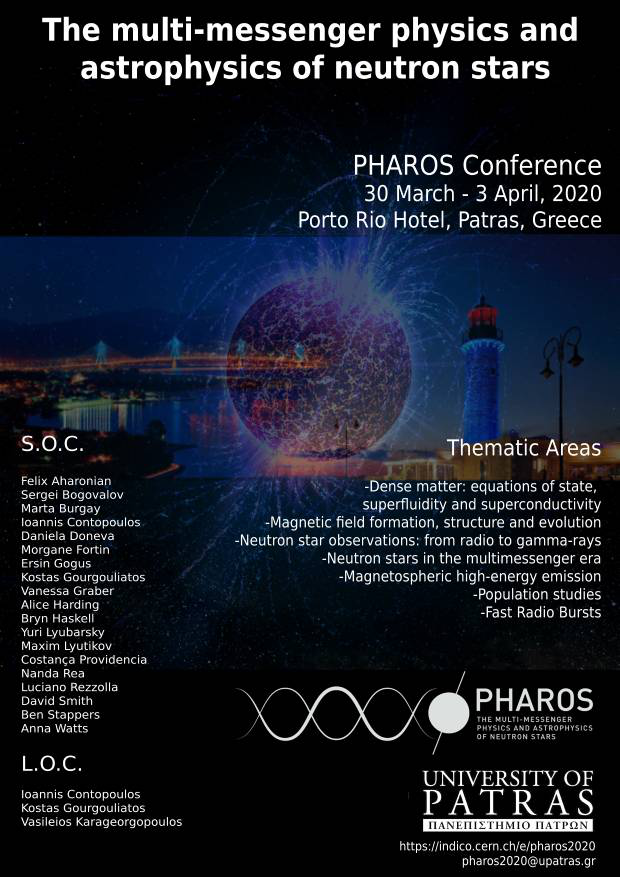Speaker
Description
Over 50 years of pulsar observations has proven that understanding the structure of pulsars magnetospheres and the exotic processes taking in it is difficult. This includes the lack of understanding of how they generate radio emission. Nevertheless, radio observations provides a wealth of information related to variability, polarization and their spectral dependence. Important lessons can be learned about pulsar magnetospheres by studying their radio emission, even without a detailed understanding of the physical mechanism responsible for the production of radio emission. This should help steering theoretical efforts in providing a self-consistent description about how pulsars operate, which is relevant for much more than explaining the observed radio emission of pulsars.

